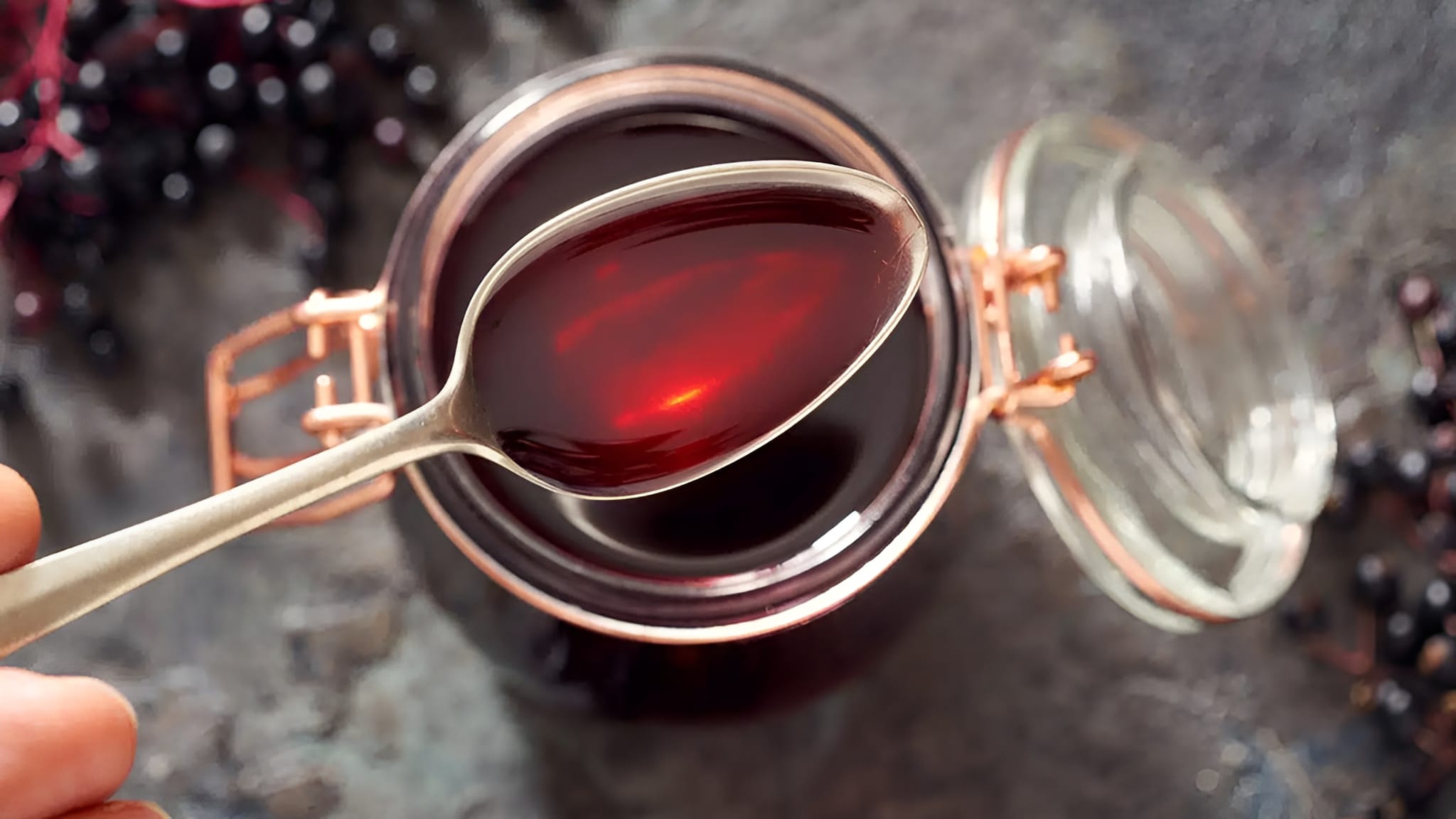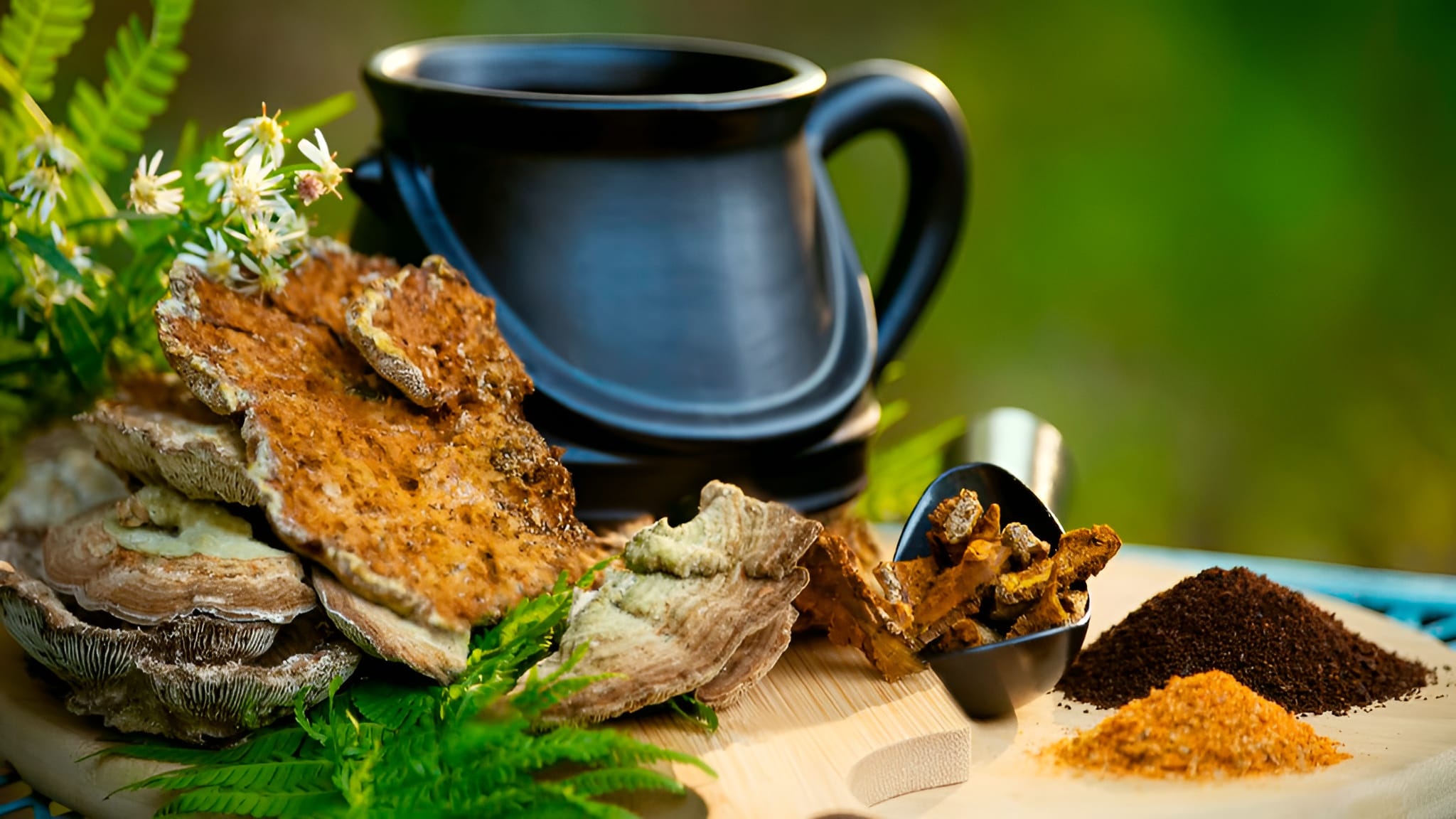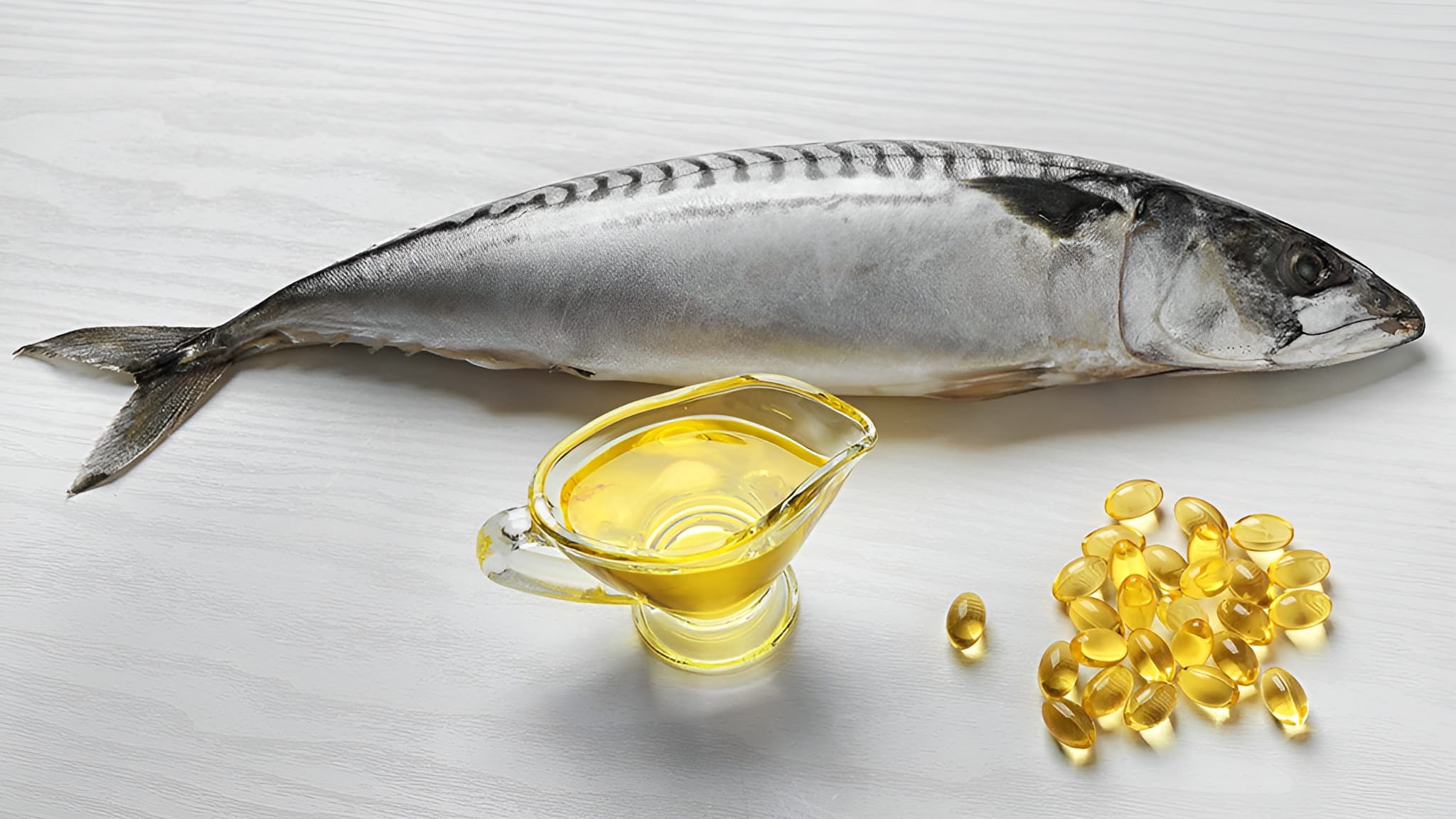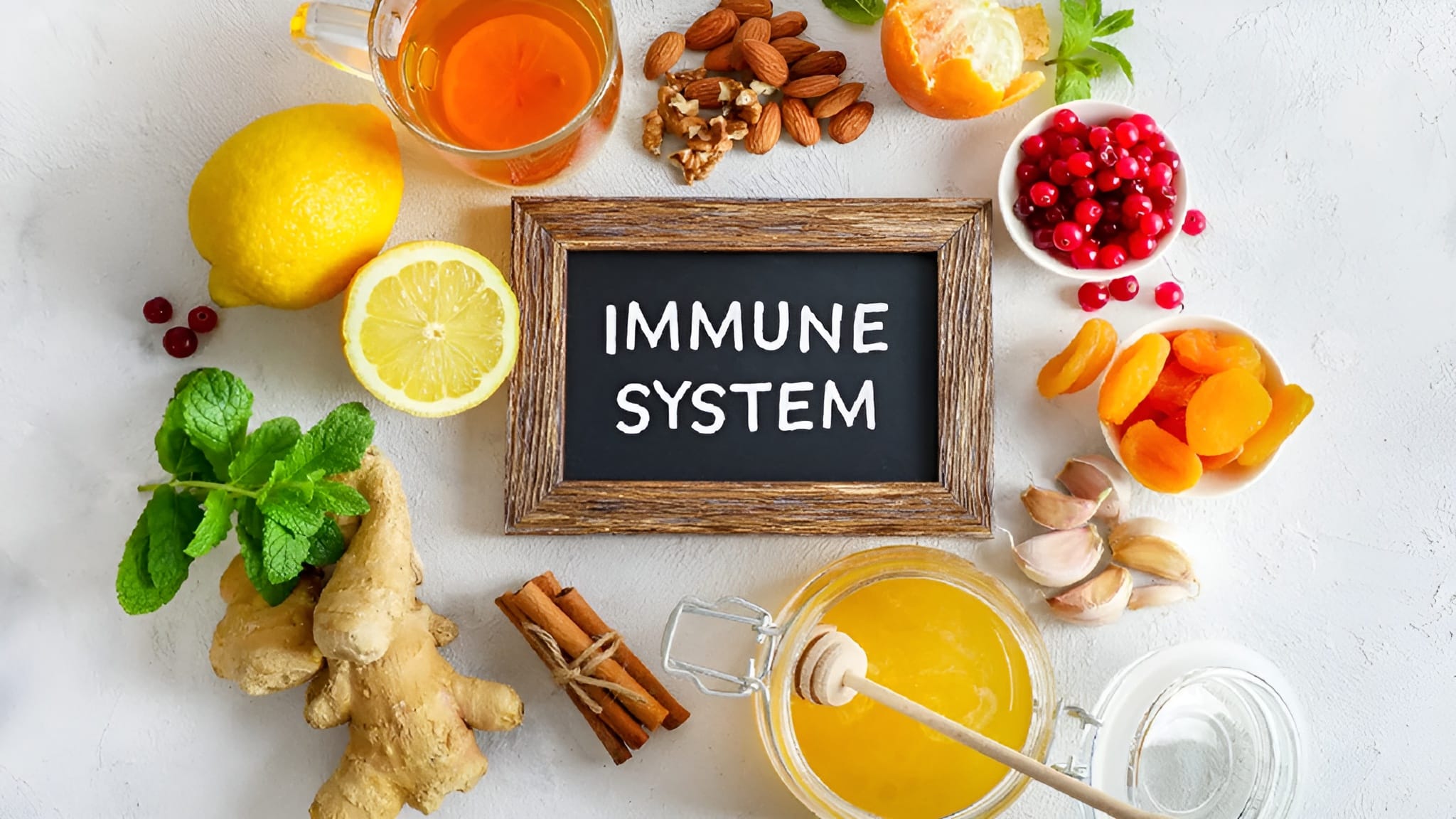Elderberry has become a popular natural remedy, known for its impressive health benefits, particularly for immune support. But you might be wondering, what does elderberry taste like?
Elderberry, often used in products like Sambucol, is a nutritional powerhouse packed with antioxidants, vitamins, and minerals [1]. But its flavor can be a bit surprising if you’re not familiar with it.
Table of Contents
The Elderberry Plant and its Berries
There are two main types of elderberry: European and American. The American variety tends to be slightly sweeter, but both have a similar flavor profile.
- Appearance: Elderberries are small, dark purple berries that almost appear black when fully ripe. It’s crucial to wait until the berries are fully mature before consuming them.
- Safety: Green or red elderberries should be avoided entirely, as they contain cyanide-producing compounds that can cause illness [2].
Raw Elderberries: Not Recommended
Even ripe elderberries should not be eaten raw in large quantities.
- Toxicity: Raw elderberries contain toxins that can cause digestive upset [2].
- Unpleasant Taste: What do raw elderberries taste like? Bland, bitter, and tart. The flavor of raw elderberries is generally unappealing
What Does Elderberry Taste Like?
So, what does elderberry taste like when it’s ripe and ready to eat?
- Tart and Earthy: Elderberries have a unique tart, earthy flavor with a hint of sweetness. They’re not as sweet as blueberries but have a similar tartness to blackberries.
- Texture: The texture is similar to grapes—juicy and slightly crunchy.
Enjoying Elderberry: Extracts and Products
Since raw elderberries aren’t the most palatable, many people prefer to consume them in other forms:
1. Elderberry Jam
Elderberry jam is a delicious way to enjoy the benefits of elderberry. You can find it online, at farmers’ markets, or even make your own. Some people even use it as part of their wellness routines, since there’s discussion about elderberry’s role in weight management.
- Flavor: Elderberry jam is sweeter than the raw berries, but it still retains some tartness and bitterness.
- Ingredients: It’s often sweetened with sugar or honey and may be combined with other fruits and spices like blueberries, apples, cloves, and cinnamon.
2. Elderberry Juice and Syrup
Elderberry juice and syrup are popular ways to consume elderberry, especially for immune support. This is why many parents use it for their kids, since elderberry is often included in supplements aimed at immune benefits for children.
- Flavor: Both juice and syrup are typically quite sweet, with the tartness of the berries toned down. They often contain added sweeteners like honey.
- Lemon: Lemon juice is a common addition to elderberry juice, adding a refreshing twist.
3. Elderberry in Baked Goods
Elderberry can also be used in baking.
- Muffins and Cakes: Elderberry muffins have a flavor similar to blueberry or blackcurrant muffins. Elderberry’s deep color can also be used as a natural food coloring in cakes and other baked goods.
4. Elderberry Tea
Elderberry tea is another enjoyable way to consume this beneficial berry.
- Flavor: Elderberry tea has a mild, slightly tart flavor and can be sweetened with honey or lemon. In addition, because elderberry also influences circulation and blood pressure, many people choose tea as a gentler daily option.
- Herbal Blends: It can be combined with other herbs like dandelion, nettle, or ginger for added flavor and health benefits.
Stacking elderberry tea with probiotics for a happy gut can further support digestion and overall wellness.
Experience the Flavor of Elderberry
While raw elderberries might not be the tastiest treat, there are many delicious ways to enjoy the benefits of this superfood. Explore the various elderberry products available and discover your favorite way to experience its unique flavor.
For daily immune coverage beyond berries, an easy daily vitamin boost in gummy form keeps the whole family supported.
Beyond taste, they’re loaded with polyphenols and antioxidants, which are also central to immune-supporting vitamins like vitamin C.
FAQ
Tart, earthy, lightly sweet—closer to blackberry/blackcurrant than blueberry. Deep purple, juicy, a bit grape-like in texture.
Skip it. Raw or unripe (green/red) berries contain cyanide-forming compounds and can cause GI upset. Always cook (syrup, jam, tea).
Slightly. American elderberry tends to be a touch sweeter; both share the same tart/earthy profile.
Syrup or jam (often with lemon, cinnamon, clove), low-sugar juices, and teas—sweeten with honey or blend with ginger/dandelion/nettle.
Usually pretty sweet—check labels. Look for low-sugar or unsweetened options if you’re watching carbs.
Avoid raw berries; cook thoroughly. If pregnant/breastfeeding, immunocompromised, on meds, or giving to kids—ask your clinician first.
Cites and Sources
No Citations
Show Citations
[1] - Osman, A. G., Avula, B., Katragunta, K., Ali, Z., Chittiboyina, A. G., & Khan, I. A. (2023). Elderberry Extracts: Characterization of the polyphenolic chemical composition, quality consistency, safety, adulteration, and Attenuation of Oxidative Stress- and Inflammation-Induced health disorders. Molecules, 28(7), 3148. https://doi.org/10.3390/molecules28073148
[2] - Senica, M., Stampar, F., Veberic, R., & Mikulic-Petkovsek, M. (2016). Processed elderberry (Sambucus nigra L.) products: A beneficial or harmful food alternative? LWT, 72, 182–188. https://doi.org/10.1016/j.lwt.2016.04.056





